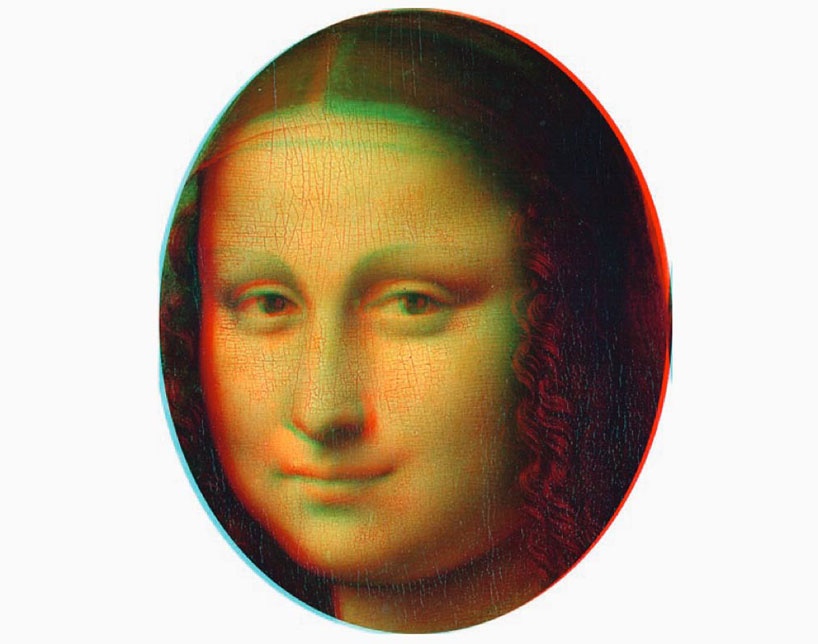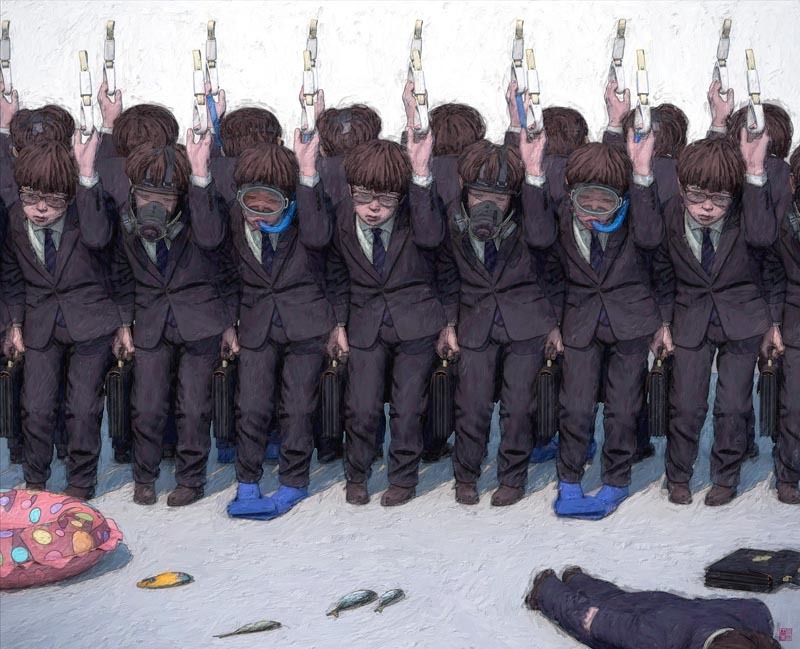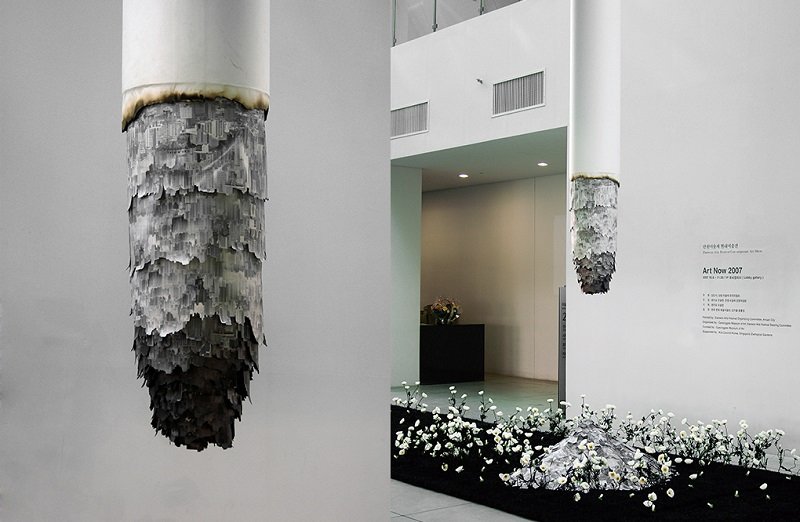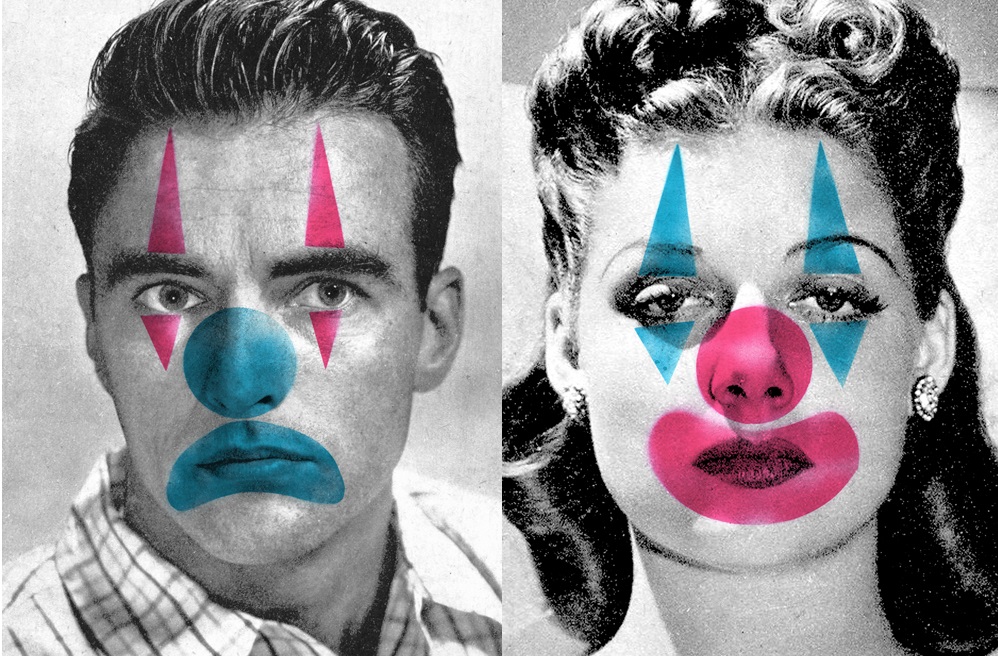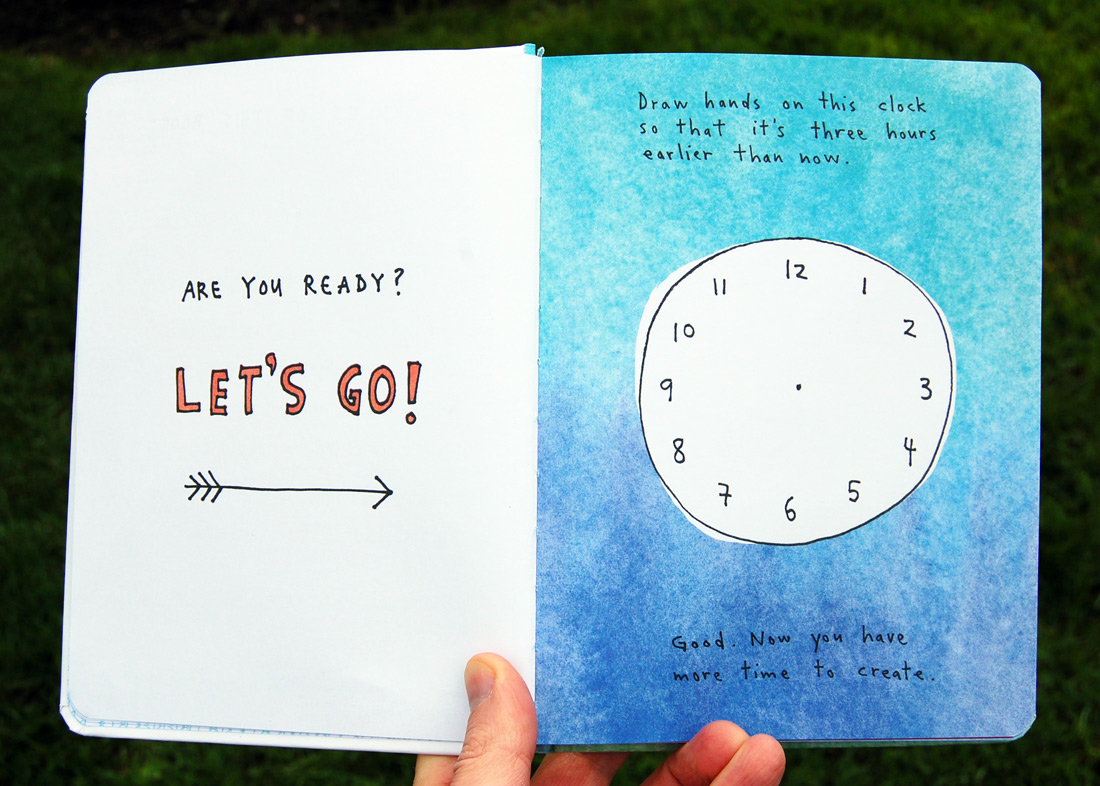Terry Orwell for Art-Sheep
All images courtesy of Claus-Christian Carbon and Vera M. Hesslinger
Germany-based experimental psychologists and researchers Claus-Christian Carbon and Vera M. Hesslinger have revealed that Leonardo Da Vinci may have accidentally composed the first 3-D image with his famous “Mona Lisa” masterstroke. Proof for this has been drawn from the painstaking examination and the juxtaposition of Da Vinci’s own “Mona Lisa”, permanently exhibited in Paris’s Louvre and an extra version housed in Spain’s Museo Del Prado and which is thought by some historians to have been made by a copyist.

Nevertheless, the two researchers have speculated, based on their documentation, that he Prado interpretation indeed made by an apprentice of Da Vinci’s in his studio at absolutely the same time as the original but from a somewhat different positioning. When spread one on top of the other, the space between the two views would have formed a stereoscopic 3-D effect. “We reconstructed the original studio setting and found evidence that the disparity between both paintings mimics human binocular disparity” Carbon and Hesslinger explain. In their report they outline that “this points to the possibility that the two Giocondas together might represent the first stereoscopic image in world history”.
It is signified by further study that the painting’s background of mountains was nothing more than a flat canvas that hung behind ‘La Gioconda’, much like a backdrop in a modern studio. The overpowering likenesses between the two paintings as well as their perspective relationship say that they were created side-by-side and at the same time. “By analyzing divergences between the Mona Lisa and her Prado double that was painted in parallel but from another perspective we found mathematical evidence for the motif- canvas hypothesis: the landscape in the Prado version is 10% increased but otherwise nearly identical with the Louvre one, which indicates both painters used the same plane motif-canvas as reference”.
via designboom
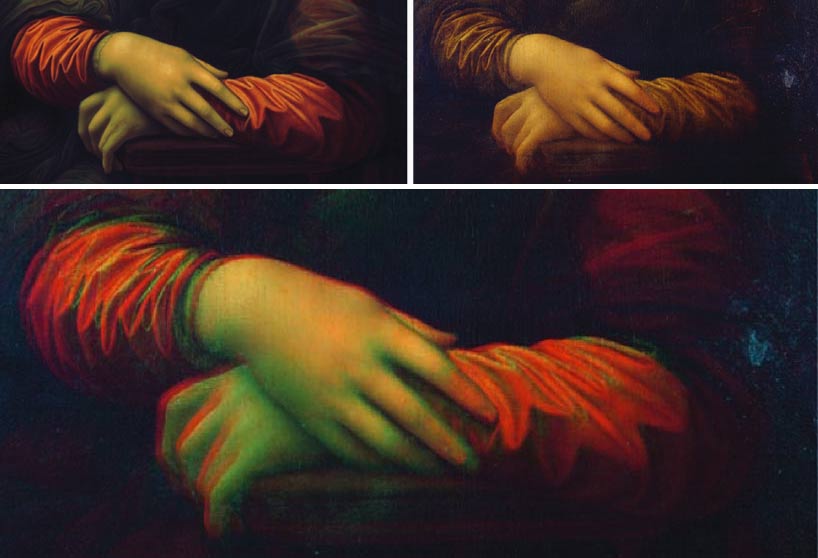
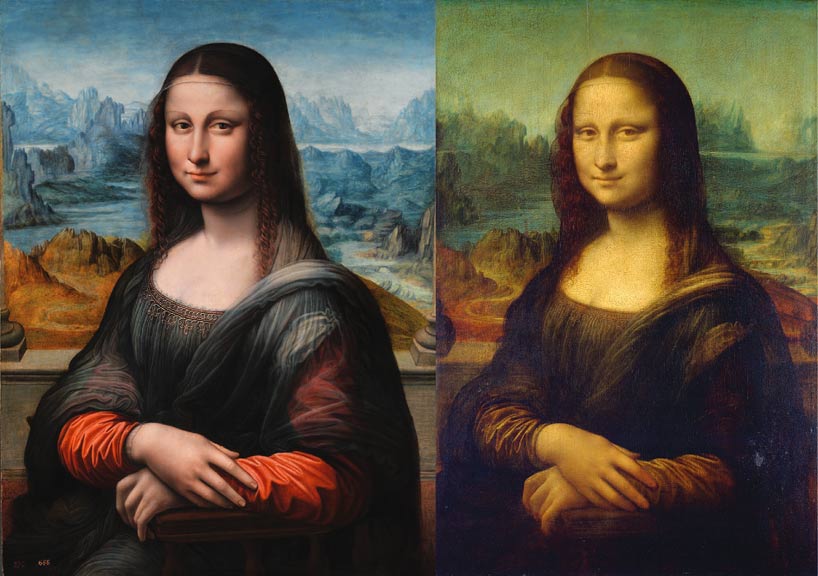
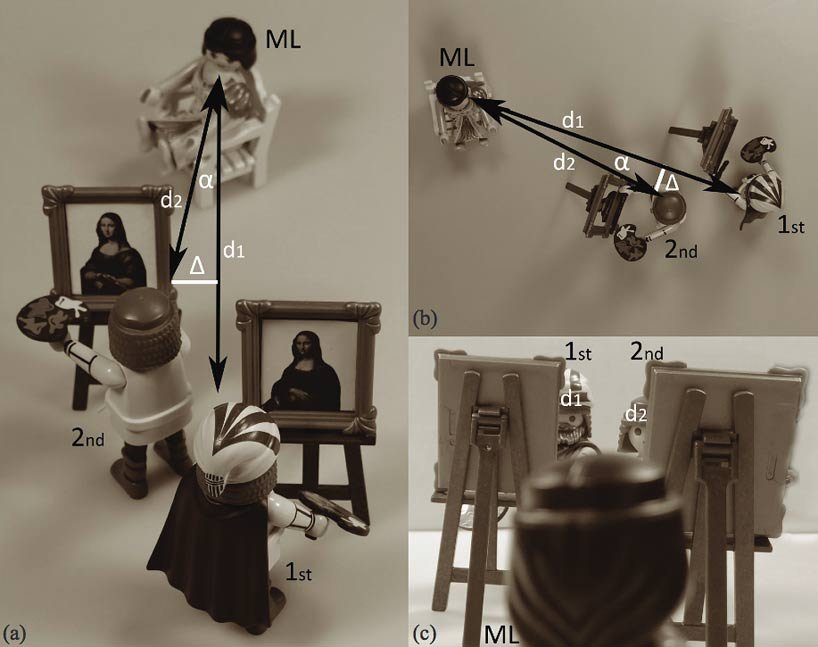
(ML stands for Mona Lisa, the portrayed person; 1st = painter of the Louvre version; 2nd = painter of the Prado version)
